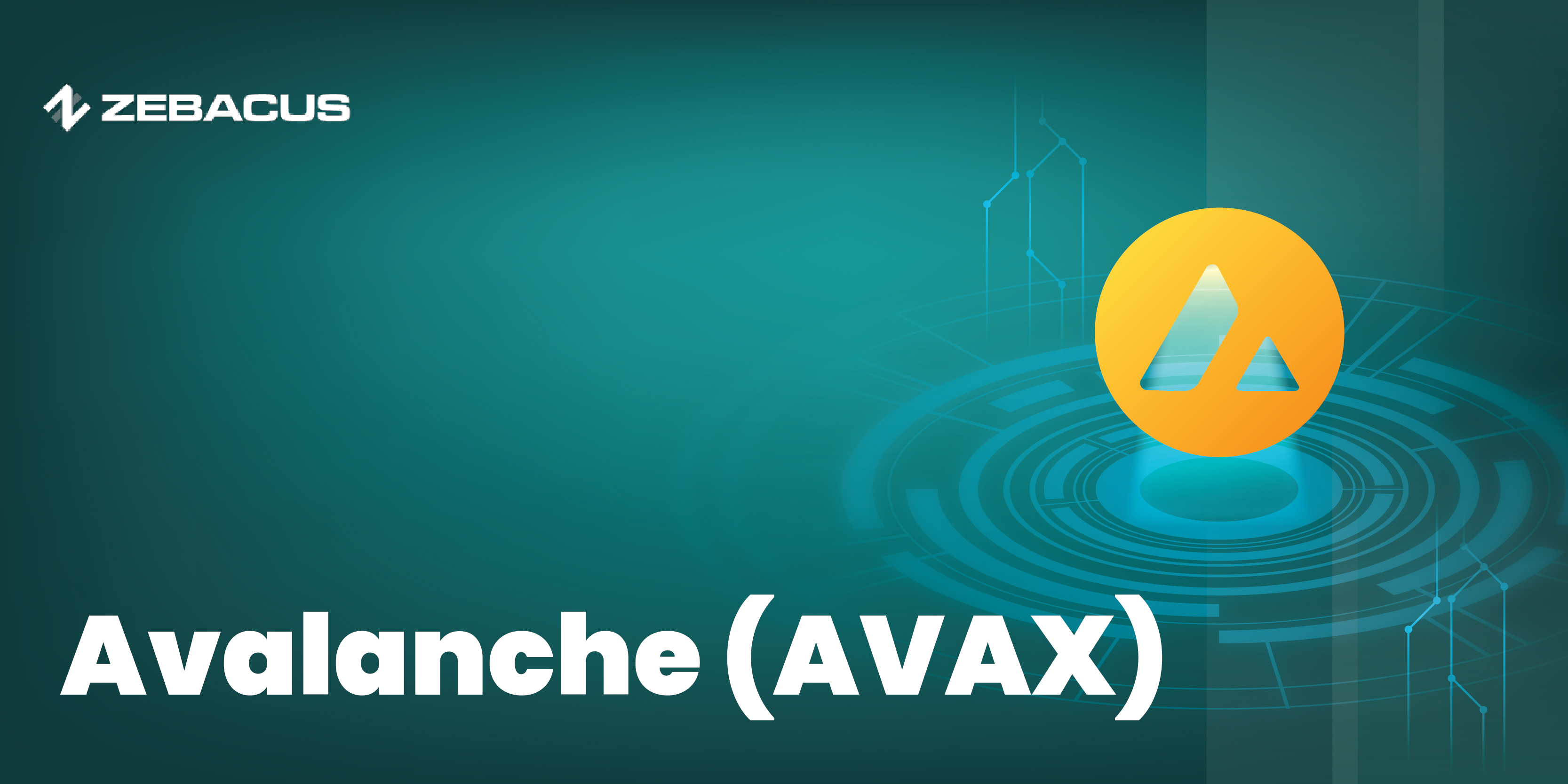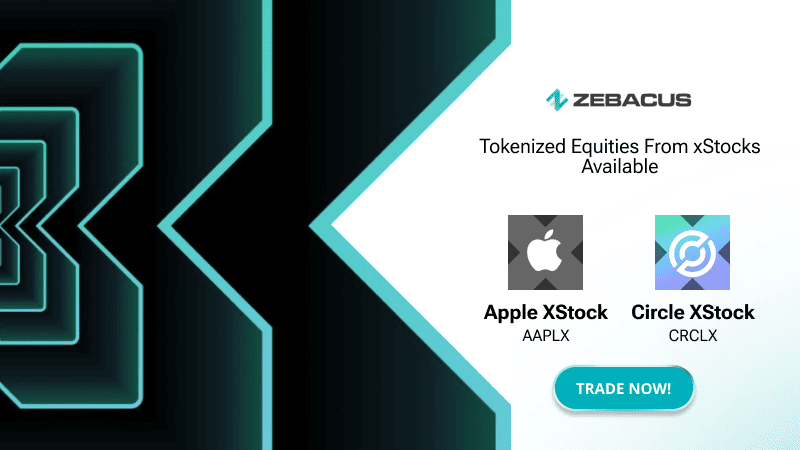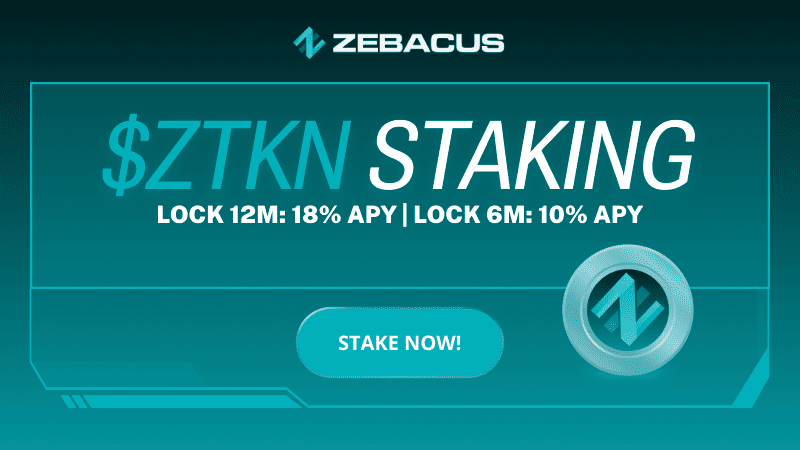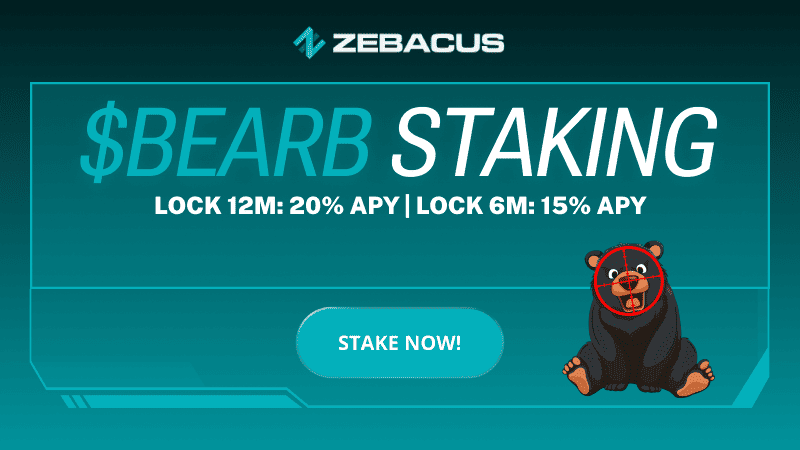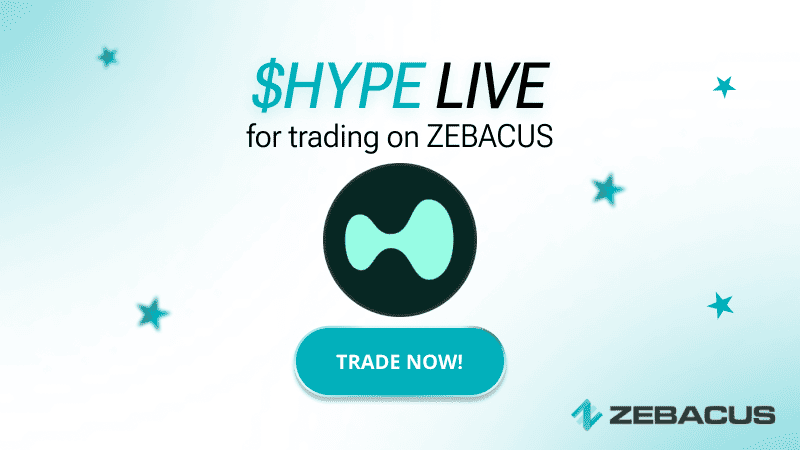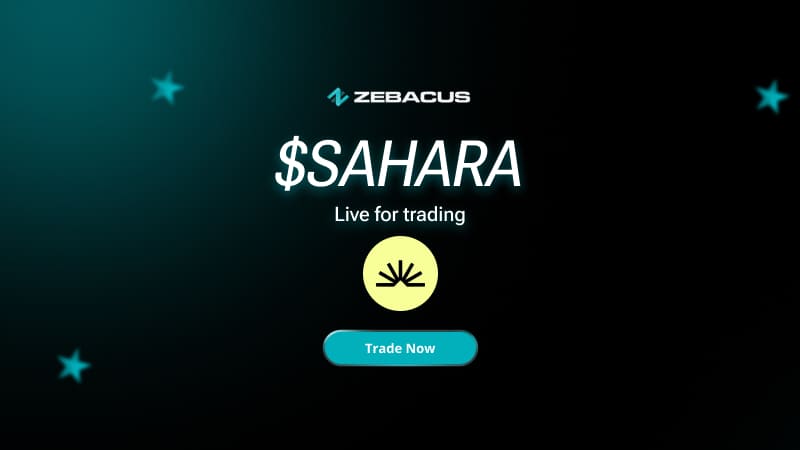What is Avalanche (AVAX)?
Avalanche does not bring any new technology to the table. They claim to execute the existing blockchain technology and Proof-of-Stake (PoS) consensus better. Avalanche, however, stands out for its origins at Cornell University. Essentially, Avalanche aims to offer a super-fast, scalable, and customizable blockchain solution. In this article, we will talk about this unique blockchain and its native token AVAX. We will discuss the origins of Avalanche, the platform’s inner workings, and its significance in the broader crypto space. Let’s dive in.
The Origin of Avalanche
Avalanche was developed by Ava Labs, a startup founded by Emin Gün Sirer, a Cornell University professor and prominent figure in the blockchain community. The project launched its mainnet in September 2020, and since then, it has been gaining popularity. The goal of Ava Labs was to create a platform that could rival Ethereum but with much better scalability and transaction speed.
How Does Avalanche Work?
Now, this is where it gets a bit technical but bear with me. Avalanche uses its own unique consensus protocol known as the Avalanche Consensus. Avalanche operates on a Proof of Stake (PoS) consensus mechanism, which is different from Bitcoin’s Proof of Work (PoW). This means that instead of miners solving resource-intensive problems to validate transactions, validators are chosen based on the number of AVAX tokens they hold and are willing to lock up (stake). Avalanche consensus uses repeated random sampling and gossiping among nodes to achieve consensus. This allows for thousands of transactions per second (TPS) with very low latency, making it one of the fastest blockchains out there.
The AVAX Token
Now, let's talk about AVAX, the native token of the Avalanche network. AVAX serves several purposes within the Avalanche ecosystem:
Transaction Fees: Just like gas fees in Ethereum, you pay transaction fees inside the Avalanche network with AVAX tokens.
Staking: Validators and delegators can stake AVAX to participate in the consensus process and earn rewards.
Governance: AVAX holders have a say in the governance of the network, including protocol upgrades and changes.
Why Does Avalanche Matter?
Here are a few reasons why Avalanche is worth your attention in the cryptocurrency jungle:
Speed and Scalability: Avalanche can handle around 4,500 transactions per second, which is light-years ahead of Bitcoin’s 7 TPS and Ethereum’s 15-30 TPS. This high throughput makes it an attractive option for applications that require fast and efficient transaction processing.
Interoperability: Avalanche is designed to be highly interoperable. It can communicate with other blockchains, which means assets can be seamlessly transferred between Avalanche and other networks. This is crucial for the growing DeFi (Decentralized Finance) ecosystem, where different platforms need to work together.
Customizability: One of the highly sought features of Avalanche is its ability to create custom blockchains, called subnets. These subnets can have their own rules and properties, allowing developers to tailor their blockchains to specific needs without compromising the security and efficiency of the main network.
Real-World Uses
Let’s look at some real-world applications of the Avalanche network:
Decentralized Finance (DeFi); DeFi is a big deal right now, and Avalanche is right in the mix. Platforms like Pangolin and Trader Joe, which are decentralized exchanges (DEXs) on Avalanche, allow users to trade assets with low fees and high speed. Avalanche’s high throughput and low latency make it an ideal platform for such apps.
NFTs and Gaming: Avalanche is also making strides in the NFT (Non-Fungible Token) and gaming sectors. With its customizable subnets and fast transaction speeds, it’s perfect for creating and trading digital assets. Projects like Kalao and Crabada are leveraging Avalanche for NFT marketplaces and blockchain-based games.
Enterprise Solutions: Avalanche is now widely explored for enterprise solutions. Its ability to create private subnets with customizable rules makes it attractive for businesses looking to implement blockchain technology for supply chain management, identity verification, and other use cases.
Challenges and Competition
Of course, it’s not all sunshine and rainbows. Avalanche directly competes with other blockchain platforms like Ethereum and Solana. Each of these platforms has its own strengths and weaknesses, and the potential to become the dominant blockchain.
Ethereum, for instance, has a massive developer community and a well-established ecosystem. Solana boasts even higher transaction speeds than Avalanche, while Polkadot offers strong interoperability with its unique parachain architecture. Avalanche will need to continuously innovate and attract developers to maintain its edge.
Final Thoughts
In a nutshell, Avalanche (AVAX) is a powerful, fast, and highly customizable blockchain platform that’s making significant strides in the crypto space. Its unique consensus mechanism, high throughput, and ability to create custom subnets set it apart from the crowd. While it faces challenges from competitors, its growing ecosystem and innovative approach make it a promising player in the blockchain arena. The team at Ava Labs is focused on expanding the ecosystem by attracting more developers and projects. They’re also working on enhancing the platform’s capabilities, including improving interoperability and scalability.
